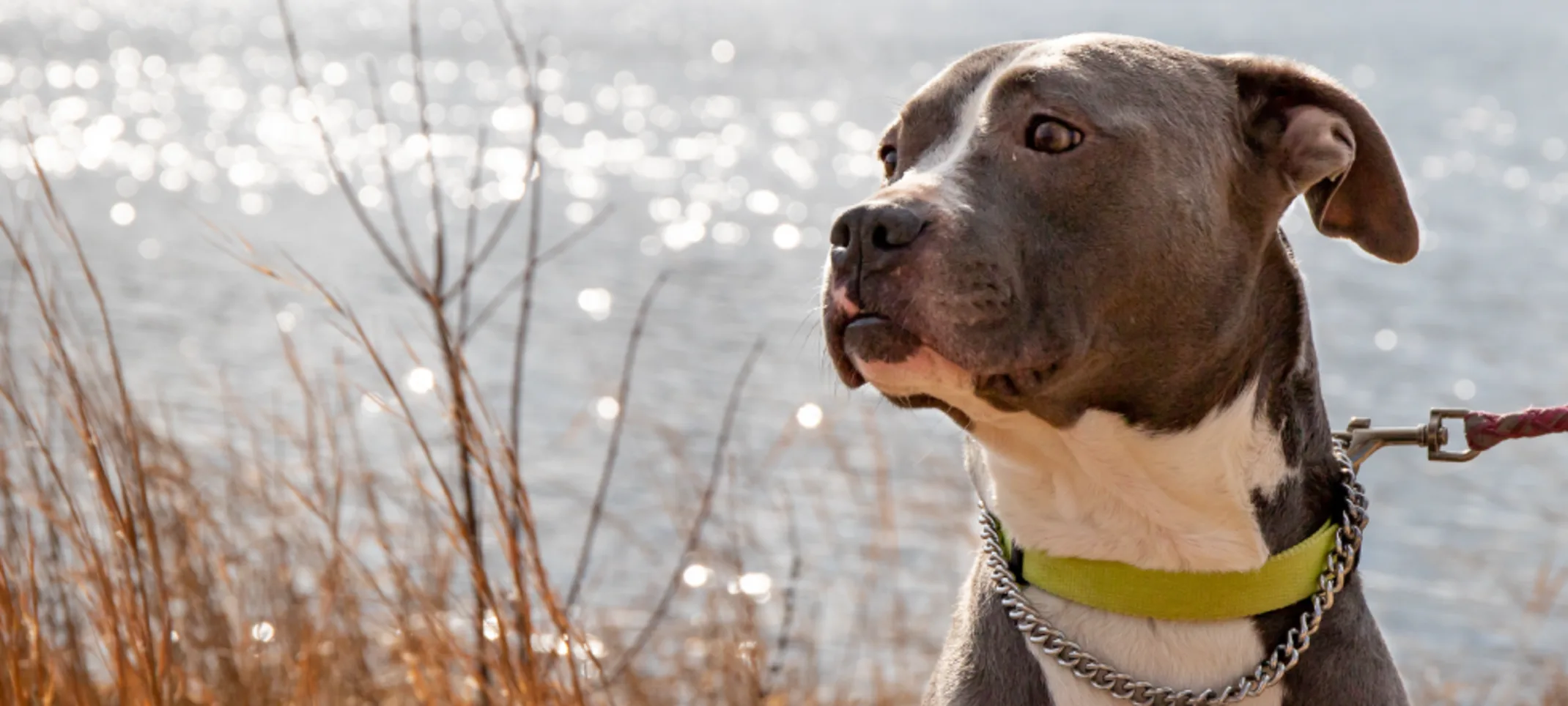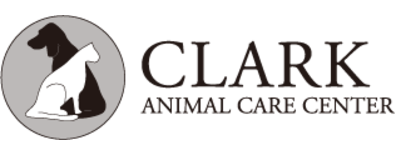Clark Animal Care Center
Injury to the Anterior Cruciate Ligament

Cruciate Physical Therapy
Cranial cruciate ligament stabilization: Instructions for postoperative care
Hot pack the knee for 10 minutes prior to therapy. Circulating warm water heating blankets, or towels moistened with warm water (so they are comfortable to your touch) may be used. Do not use electric heating pads. Local application of heat increases blood flow to the area, decreases pain and muscle spasms, and causes general relaxation. Heat should not be applied if swelling is present.
Massage is an excellent way to increase blood flow to muscles to help warm-up the area before activity and to decrease stiffness after activity. Gentle massage should be pain free, relax soft tissues, decrease muscle spasm, increase muscle flexibility, and reduce swelling.
Range of motion exercises must be performed properly to be effective. Under no circumstances should the animal experience undue pain or discomfort. Each joint in the affected limb should be placed through its comfortable range of motion. To achieve this, the joints should be slowly flexed to the point where the animal first begins to experience mild discomfort. This position should be held for a 10 count to allow stretching of tissues. Following flexion, the joint should be slowly extended to the point where the animal first begins to experience mild discomfort. This position should be held for a 10 count. This process should be repeated 15 to 20 times, two to six times daily. The goal of range of motion exercises should be to stretch rather than tear soft tissues.
Icing down the knee should be done following a physical therapy session. A good ice pack that can be molded to the knee can be made from 2/3 water and 1/3 isopropyl alcohol in a zip lock bag. Frozen vegetables can also be used.
Cruciate Surgery Information
Surgery of the cranial cruciate ligament
Your dog has a rupture of a ligament that stabilizes the knee. The ligament is called the anterior (or cranial) cruciate ligament (ACL). It holds the shinbone (tibia) in relationship to the thighbone (femur). This is a very common condition in dogs and humans. It is caused by injury or degeneration of the ACL. The result of ACL rupture is lameness and arthritis. Surgically operating your dog will remove torn ligament remnants that cause inflammation and treat meniscal tears (cartilages in the knee) that often occur with ACL injury. The instability of the knee will be corrected by a prosthesis that is placed outside the joint that will take up the function of the torn cruciate. This procedure is the most common method of repairing ACL ruptures in dogs.
There is no surgical procedure that will completely return the function of your dog’s knee back to normal. The reason is that there is often damage to the joint that results in arthritis. The amount of damage and arthritis is dependent on the type of injury and the amount time and activity between injury and surgical repair. There is no surgical procedure that can fully replace the function of a normal ACL. Still, with surgery and proper aftercare, most dogs will return to a good to excellent level of activity.
Besides surgery, the most important factor to a successful outcome is post-operative physical therapy. For the first six weeks you must restrict your dog’s activity to short leash walks. Running jumping or climbing stairs cannot be allowed. You must perform physical therapy by gently flexing and extending your dog’s knee as shown for fifteen minutes twice a day. After six weeks, rehabilitation will consist of leash walks of increasing duration and walking up shallow hills. Total rehabilitation will take a serious effort on your part and will last three months. You will receive specific instructions on postoperative care and physical therapy.
The complication rate for this procedure is low but it is important that you are aware that complications can occur. Anesthetic complications can occur with any surgery and can result in death. Pre-screening with blood and other test will decrease this potential risk. An implant will be placed to stabilize your dog’s knee. This implant works by stabilizing the knee until fibrous tissue takes up the function of the knee. Being foreign, this implant can become infected despite the use of antibiotics during surgery. If it becomes infected the implant may need to be removed. If the joint is stable the implant is simply removed and will not need to be replaced. If a dog is overactive or injures its knee it may break the prosthesis. If this occurs, re-operation will be necessary. If there is a significant degree of arthritis already present in your dog’s knee as determined from the X-Rays, your dog may still have a significant lameness after rehabilitation. Proper aftercare and physical therapy will greatly improve your dogs ultimate function. Home care and rehabilitation instructions following cranial cruciate surgery
Your dog has undergone surgery for rupture of the cranial cruciate ligament and will require very specific care. The amount of exercise should be restricted. If a bandage is present make sure you place a plastic bag over the bottom when going outside to keep it from getting wet. If the bandage does get excessively soiled or wet, it should be removed, and we would be happy to do this for you. Check the toes daily for swelling. Place a finger at the bottom of the bandage and you will feel your dog’s toe nails. If the middle two toe nails are spread more than a finger’s breadth apart, or they feel cold, please phone and return as soon as possible. You should also phone if you notice any discharge, your dog does not eat, or there is any vomiting or diarrhea. The bandage and sutures/staples should be removed in ten to fourteen days, please make an appointment.
Exercise should be restricted for the next six weeks. Do not allow running, jumping or climbing stairs. Other pets should be kept away. You should take your dog out for short walks on a leash for no more than fifteen minutes three or more times a day. If your dog must go down a few stairs or is having trouble getting around, you can sling walk with a towel under its belly to support weight and prevent a fall. Inside, your dog should be prevented from climbing stairs or jumping on furniture. You may need to use baby gates to prevent this. If you have slippery floors you should get a large area rug or carpet remnant. Utility rooms or walled off areas of the garage are very good places for recovery. Crates can be used if getting in and out is not a problem.
Throughout physical therapy and rehabilitation, a few basic guidelines should be used. Do not allow those activities that cause pain. Slow return to activity is very important. More frequent short activities are better than one long activity. No rigorous activities should be allowed including running, jumping, playing ball or Frisbee, chasing squirrels or other animals, and playing with other dogs.
Begin physical therapy once the sutures are removed. Physical therapy is very important and should be performed for fifteen minutes at least three times a day. Grasp your dog’s ankle and flex and extend its knee as far as it will bend without meeting appreciable resistance. Do not twist. The knee should bend through a range of at least 45 degrees and the range of motion should slowly increase to at least 90 degrees. Make sure the knee is moving and not just the hip or ankle. Your dog should start using its leg by two weeks. It will be very lame for the next four weeks and will lose some muscle mass. During the time from 4-8 weeks you will see more dramatic improvement in weight bearing.
Please return in 6-8 weeks for a recheck. The progress of healing of your dog’s knee will be checked and the following rehabilitation schedule may be adjusted. Most often however, following that visit you should begin rehabilitation. Start by taking your dog on leash walks with a short lead for fifteen minutes twice a day. This amount of activity should be doubled every week for four weeks. For the following four weeks (12-16 weeks from surgery), your dog is allowed to go on walks with a long leash and is allowed to trot, climb steps and hills, and take slow runs with you. Even now explosive activity such as chasing squirrels can be harmful.
A final checkup after this time is needed before return to full activity is allowed.
